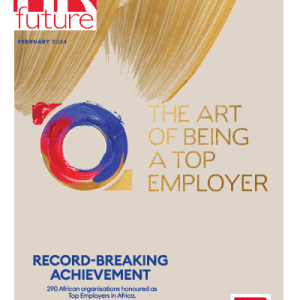In recent years, burnout has become a silent epidemic affecting employees across industries, driven by the relentless pressures of balancing workload, personal lives, and, for some, the daily commute. As companies begin pushing for a “return to office” routine, we need to pause and consider whether going back to old ways is really the solution to the burnout crisis. It’s crucial to recognise that flexibility, autonomy, and the work-life balance offered by remote work may, in fact, be key to safeguarding employees’ well-being.
The Roots of Burnout
Burnout doesn’t just come from heavy workloads. It also springs from a lack of control, prolonged stress, and the diminishing separation between personal and professional lives. The traditional office environment has often inadvertently worsened this – with its rigid hours, lengthy commutes, and frequent distractions. For many, remote work has been a lifeline, offering the chance to create a workspace tailored to employee needs, enjoy a bit more breathing room, and take much-needed breaks without feeling the pressure of being watched.
The Benefits of Remote Work
Remote work initially emerged as a crucial solution to keep businesses afloat during the pandemic, but it has since proven to be far more than just a temporary measure. Studies consistently show that employees working from home are often more productive, happier, and more engaged. They have the freedom to manage their schedules, fit in a midday walk, have lunch with loved ones, or simply spend a few minutes unwinding with a pet. This flexibility doesn’t just improve work-life balance; it’s also an effective remedy for the symptoms of burnout. The physical distance from the office allows for mental boundaries, helping employees to truly “switch off” at the end of the day.
Ignoring the Benefits of Remote Work is a Step Backward
Forcing employees back into the office, particularly under the notion that it’s “better for productivity” or fosters “real collaboration,” might miss the point. Remote work has shown us that employees can be both present and productive without physically being in an office. When we push to revert to traditional office-based routines, we risk dismantling a model that has given employees back some control over their lives.
Practical Resources to Combat Burnout
Companies today must prioritise resources that promote well-being, whether employees are remote, hybrid, or in-office. These might include:
- Allow employees to adapt their work hours around their energy levels and family obligations.
- Offer access to online therapy, counselling, or mental health days that encourage true rest.
- Remind employees that taking regular breaks is not only okay but essential for productivity and mental clarity.
- Promote a culture where employees feel empowered to log off at the end of the day without guilt.
The Path Forward
Rather than seeing remote work as an obstacle, we should recognise it as a valuable tool that can win the fight against burnout. While some companies may thrive with a hybrid model or occasional office days, the need for flexibility has never been more apparent. For a sustainable future, we need to adopt forward-thinking approaches that put employee well-being first – because the cost of burnout is simply too high to ignore.
The reality is clear: the future of work should be flexible, adaptive, and centred around the holistic needs of employees. As we reflect on the past few years, let’s not overlook the lesson remote work has taught us.
Wondering how we make remote work, work? As a remote-first company, we’ve nailed down a way to stay connected and productive. If you’re curious about how we keep things running smoothly from anywhere, reach out! We’d love to share our approach and help you see how remote work can work for you too.
This article was supplied by https://torque.pro/. To chat to them, send an email to [email protected]
















































































